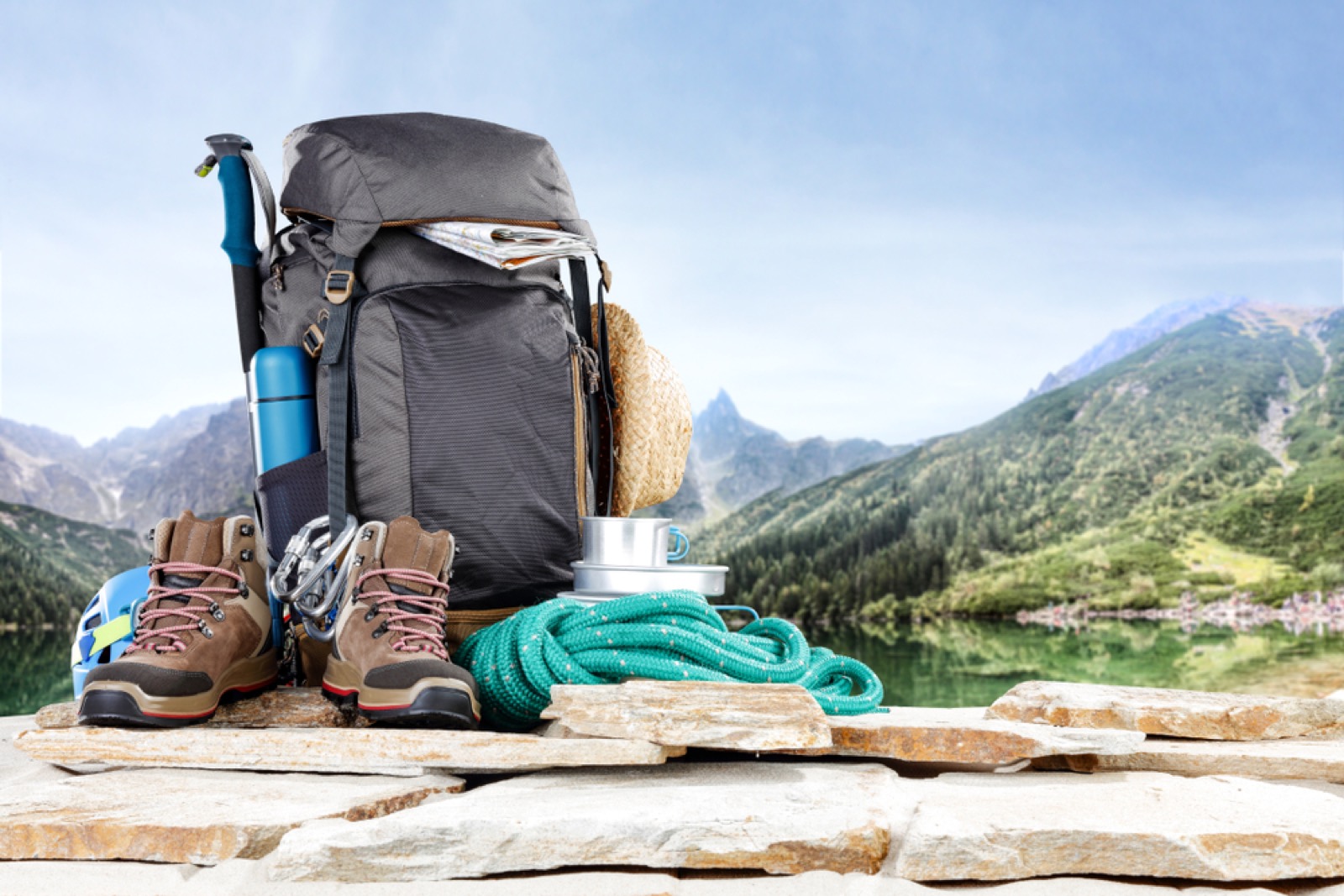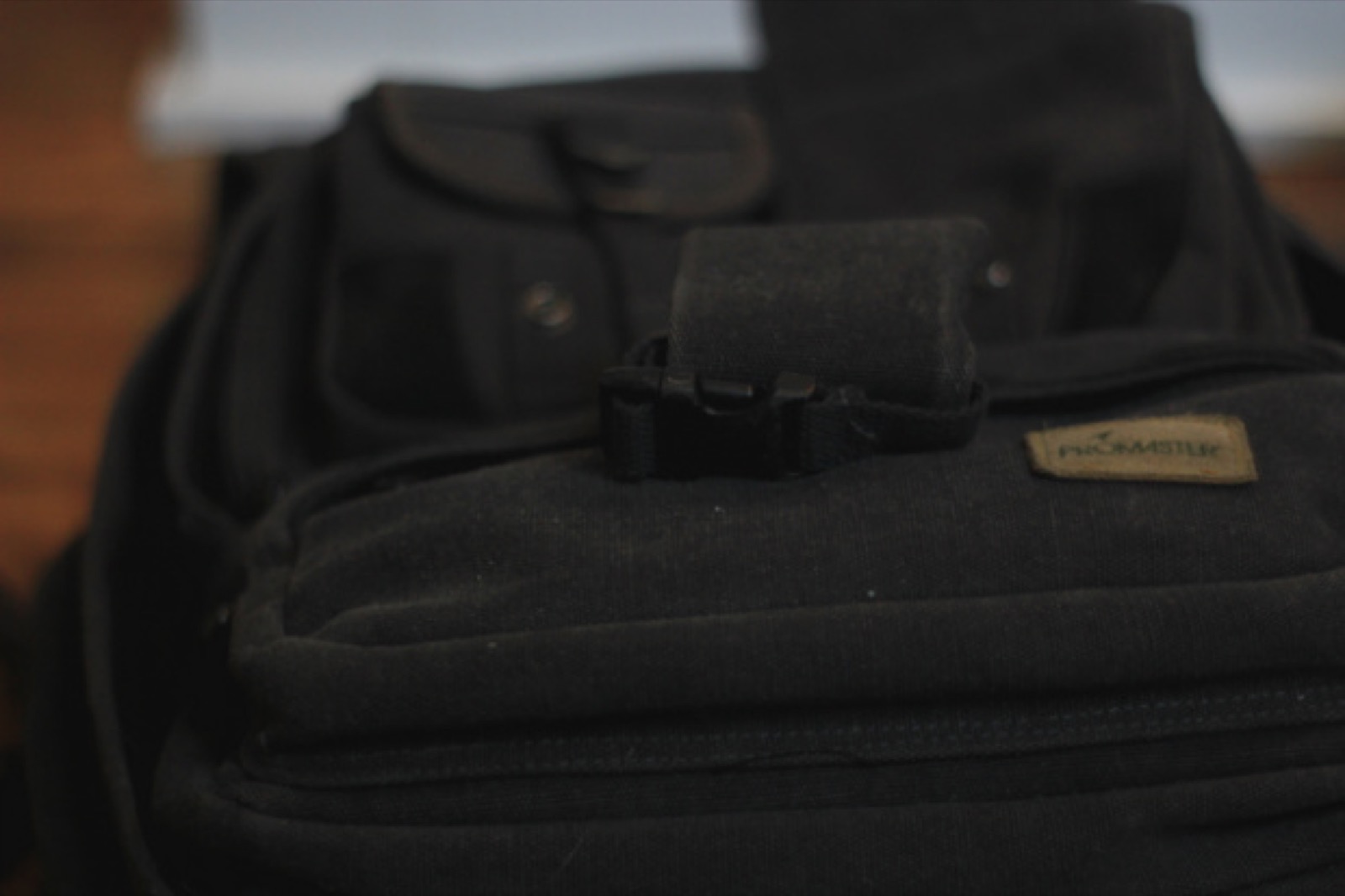How To Choose The Right Backpacks For Every Outdoor Activity
Posted on February 12, 2020 • 4 minutes • 758 words
Table of contents
Camping, rock climbing, and nature photography–these outdoor activities require you to bring appropriate pieces of equipment. Of course, you can’t bring all the outdoor adventure gear with your two hands. So, you need the right backpack for the trip. Here are some tips to help you choose the right bag for different outdoor adventures: 
Choose The Right Volume
Different outdoor backpacks fit various activities. You can find small daypacks to full-size models on the market. But, you need to consider an appropriate backpack volume for your trip. Here’s a quick list of backpack volumes to act as your reference:
- 15 to 30 liters – Day hikes
- 30 to 50 liters – Overnight stays
- 45 to 55 liters – Good for two-to-three-night trips
- Over 55 liters – Extended outdoor vacations
However, there are exceptions to the rules placed on the list above. For example, you might want to bring a sizable 55-liter volume backpack on a two-night camping trip. It might be because you’re going to carry gear for three more people. Think about the number of items you’re going to bring for the outdoor excursion before making your purchase. You can find different outdoor backpacks and more at www.outdoorcommand.com .
Consider A Water-Resistant Material
You don’t want your backpacking gear to become wet after a sudden rain. Albeit your bag doesn’t need to be 100% waterproof, you can purchase a backpack made of water-resistant materials to help keep your equipment dry. Take note that waterproof is different than water-resistant. The former means the material is impervious to water. Conversely, the latter term means the bag can resist water penetration, but only to a certain degree. Your backpack should resist a relatively significant amount of water before the liquid penetrates the material. But, water-resistant material tends to be heavier than lightweight fabrics, like cotton. So, don’t forget to consider the weight of the material for your backpack. You don’t want your rucksack to bog you down so much that it might make it next to impossible to move freely during your outdoor adventure. 
Select The Right Suspension
Ask yourself if your chosen outdoor backpack is still comfortable after carrying weight. You don’t want a relatively cheap backpack to break after trying to take 20 pounds of weight. If this event happens, you’re going to carry all your gear (and a broken bag) back to camp or town. It should help you to understand the different suspension types for outdoor backpacks. These backpack suspensions are:
- Hip Belt
Backpacks equipped with hip belts should be over the hip bone of the wearer. Furthermore, the fit should be snug but not suffocating.
- Shoulder Straps
Backpacks carrying durable shoulder straps should conform to the wearer’s body shape anatomically. There should be no chafing or pinching, and the strap should be as comfortable as possible to wear.
- Back Panel
This component presses against the back of the backpack wearer. The back panel should prevent the gear from poking against your back. Sufficient padding should be in this part, and it should not absorb a lot of sweat.
- Sternum Strap
You can find this adjustable strap above the sternum. It connects to the shoulder straps to help keep the bag as steady as possible. Like choosing the right volume, you should also take the time to select the right suspension type for your preferred outdoor backpack. Consider minimal suspension if you’re going to carry less than 10 pounds of gear. But, if you’re going to bring over 40 pounds of backpacking equipment, the bag should have a sturdy frame, a padded hip belt, and other accessories to keep the backpack from being uncomfortable.
Other Features To Consider
The best travel backpack should offer excellent value for money. Consider purchasing an outdoor bag for your excursions that offer features fit for your upcoming adventures. A few of the features you may need include:
- Proper ventilation to promote airflow
- Additional pockets to keep small items
- A sleeping bag compartment
- A top lid to protect the contents of the bag
- Sufficient padding for that extra comfort
Some backpack models will also have extra accessories so you can gain extra comfort during your outdoor trip. For instance, you can find bags with rain covers or a reservoir for your water bottle.
Conclusion
The right outdoor backpack will allow you to conveniently carry your gear on different trips. Make sure that the bag has an excellent fit, provides ideal comfort, and is secure. Also, consider buying a backpack that offers additional features to help give you excellent value for money.




